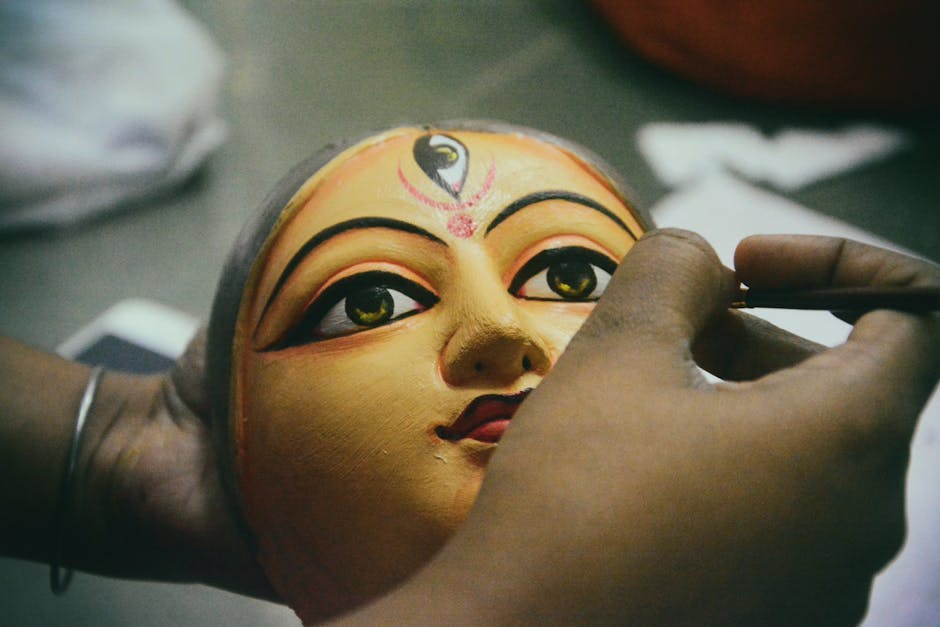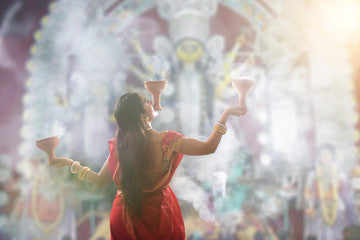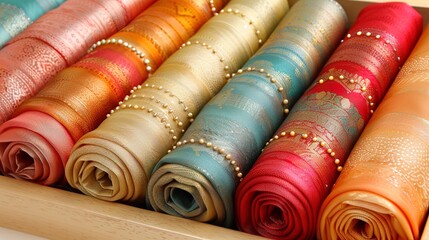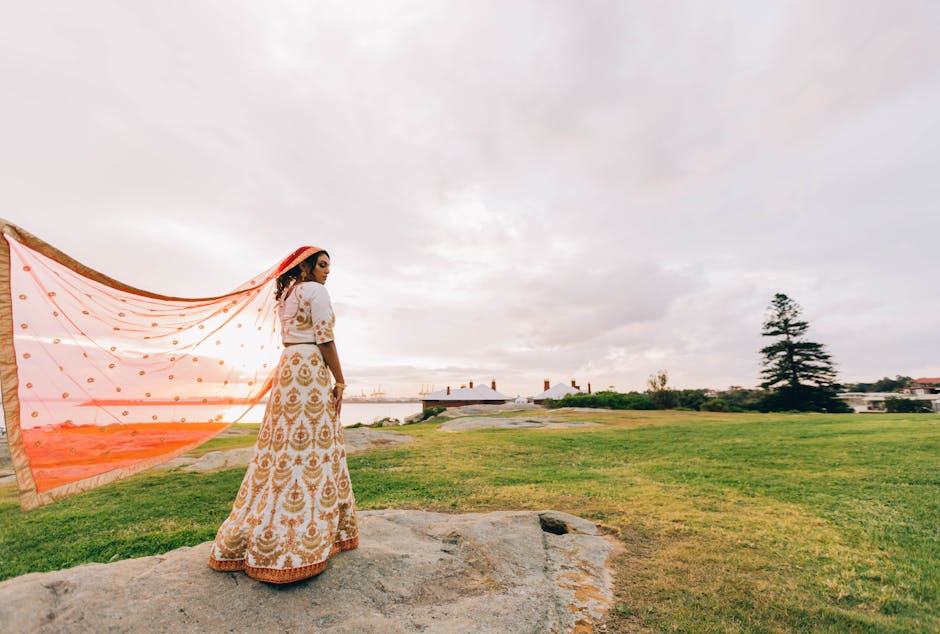The Art and Tradition of Bengali Handloom Sarees: A Rich Cultural Legacy
Introduction to Bengali Handloom Sarees
Bengali handloom sarees are more than just clothing. They are a story woven into fabric, a centuries-old tradition from the heart of Bengal. These sarees are known for their distinctive styles, intricate designs, and the exquisite craftsmanship that goes into making each piece. When we talk about Bengali handloom, the names that immediately come to mind are Jamdani, Tant, Baluchari, and Kantha, among others. Each style has its unique charm and history. For instance, Jamdani, known for its delicate motifs weaved on fine muslin, is a labor-intensive process that requires unmatched skill and patience. On the other hand, Tant sarees are popular for their lightweight and breathable cotton fabric, making them ideal for the humid Bengal weather. The art of making these sarees is passed down through generations, with each weaver adding his touch, yet keeping the tradition alive. Bengali handloom sarees are not just garments; they are a celebration of Bengali culture, heritage, and the meticulous craftsmanship of the weavers.
Historical Evolution of the Bengali Handloom Saree
The journey of the Bengali handloom saree started centuries ago, deeply rooted in the cultural and artistic traditions of Bengal. It’s not just fabric; it’s a legacy woven with stories, tradition, and a lot of skill. Initially, these sarees were the canvas for local weavers, showcasing motifs inspired by nature, daily life, and religious themes. Over time, the introduction of muslin fabric to the market marked a significant turning point. Muslin, known for its ultra-fine quality, became a favorite among the aristocracy and British during the colonial era, elevating the status of Bengali handloom sarees on a global platform.
The partition of Bengal had a profound impact, leading to a mix of influences that enriched the weaving techniques and designs. Despite facing the threat of industrialization and changing fashion trends, the handloom sarees of Bengal have stood the test of time. Today, they symbolize a revival of traditional crafts, with innovations in design that still respect their rich heritage. The Jamdani technique, recognized by UNESCO as a masterpiece of the oral and intangible heritage of humanity, is a testament to the enduring artistry of Bengali weavers. This historical journey, from simple beginnings to global recognition, underscores the resilience and vibrancy of Bengali handloom sarees.
Iconic Weaves: The Diversity of Bengali Handloom Sarees
Bengali handloom sarees stand out for their variety and heritage. Each weave tells a story of tradition, art, and the meticulous effort of weavers. First off, the Jamdani, a UNESCO-recognized craft, is not just a saree but a piece of history woven with fine cotton, showcasing patterns that seem to float on air. Then, there’s the Tant saree, known for its lightweight fabric and suitability for the hot Bengal climate, perfect for daily wear with its wide range of vibrant colors. Muslin, a fabric that once caught the fancy of the entire world for its sheer finesse, is another jewel from Bengal, representing luxury and elegance. Baluchari sarees, on another note, are like wearing a story—each saree is adorned with mythological scenes and cultural narratives, intricately woven in silk. Lastly, the Kantha stitch saree showcases the beauty of simple running stitches used to create complex designs, illustrating the skill and creativity in rural Bengal. Each of these weaves is not just a saree but a masterpiece, reflecting the rich cultural legacy of Bengal through threads and colors.
The Cultural Significance of Bengali Handloom Sarees
Bengali handloom sarees are not just clothes; they are a rich tapestry of culture and tradition woven into vibrant threads. Think of them as stories told through the craft of generations of weavers from Bengal, each saree a canvas showcasing intricate designs, motifs, and the weaver’s skill. What sets these sarees apart is their deep connection to Bengali traditions and festivals. From the simple, elegant cotton Jamdani perfect for daily wear to the luxurious silk Baluchari worn at weddings and pujas, each type has its occasion, reflecting the wearer’s mood and status.
It’s fascinating how the designs often draw from nature, mythology, and folklore, binding wearers to their heritage. The art of weaving these sarees is a skill passed down through families, a cherished legacy where each thread tells a story of Bengal’s glorious past and vibrant present. These sarees do more than drape the body; they drape centuries of culture, each pleat a reminder of Bengal’s artistic mastery and rich history. So, when someone chooses a Bengali handloom saree, they’re not just picking out an outfit. They’re embracing and carrying forward a cultural legacy, making a statement that goes beyond fashion, celebrating the beauty of tradition in the modern world.
The Craftsmanship Behind Bengali Handloom Sarees
Bengali handloom sarees are not just clothing; they are a piece of art, born from the skilled hands of artisans who have inherited their craft through generations. The process starts with selecting the finest threads. Artisans then dye these threads with vibrant colors, often derived from natural sources. The real magic starts when these colored threads meet the loom. Each saree is woven with a technique passed down through generations, making every piece unique. Some famous styles include the Jamdani, known for its intricate motifs, and the Tant, beloved for its lightweight and airy nature perfect for the humid Bengal climate. The craftsmanship behind these sarees is meticulous, requiring patience and precision. It’s this dedication to craft that makes each Bengali handloom saree not just a garment, but a treasure, holding within it stories of culture, tradition, and incredible skill.
Celebrated Patterns and Motifs in Bengali Handloom Sarees
Bengali handloom sarees stand out for their unique patterns and motifs, a true testament to the region’s rich culture and artistic heritage. Among these, the Jamdani and Kantha are iconic. Jamdani, a UNESCO-declared intangible cultural heritage, is renowned for its intricate weaving patterns. These designs often feature flowers, plants, and geometric shapes, showcasing the weaver’s skill and creativity. Then there’s Kantha, famous for its embroidery. Originally a method to repurpose old clothes, it has evolved into a sophisticated art form. Designs range from simple folk scenes to complex religious stories, all stitched by hand with care. Each saree tells a story, a blend of tradition and craftsmanship that makes wearing one a unique experience.
The Process: From Thread to Saree
The journey of a Bengali handloom saree from thread to a beautifully draped garment is a marvel of craftsmanship and tradition. Let’s break down the process. First, skilled artisans select the finest threads. These are not just any threads but ones that have passed the test of durability, sheen, and color vibrancy. Next, these threads find their way to the loom. This is where magic begins. The weaver, with years of experience passed down through generations, sets the loom. It’s a meticulous setup that decides the pattern, density, and overall design of the saree. Now, the weaving starts. With every throw of the shuttle, every beat of the comb, the saree starts to take shape. This can take days, sometimes weeks, depending on the complexity of the design. Each saree tells a story, a narrative woven into its fabric - tales of festivals, gods, and ancient folklore. Finally, once off the loom, the saree undergoes finishing touches. This might include adding embellishments, detailed embroidery, or painting, all done by hand. The result? A masterpiece that wraps around the wearer, not just as a piece of clothing but as a bearer of tradition, art, and unparalleled skill. Every Bengali handloom saree is a tribute to the dedication of these artisans who keep this rich cultural legacy alive.
Attires and Occasions: Wearing the Bengali Handloom Saree
In Bengal, the handloom saree is not just a piece of cloth; it signifies tradition, culture, and identity. Each saree tells a story, woven into its threads, and is picked for special occasions with great care. Let’s walk you through when and how to wear these elegant attires.
Weddings and Festivities: Here, vibrant colors and intricate patterns take center stage. A red or maroon Banarasi saree, rich with gold threads, is often the first choice for brides. Guests might opt for colorful Jamdanis or Tant sarees, reflecting joy and festivity.
Pujas and Religious Ceremonies: White and red are auspicious colors in Bengali culture, making them the go-to for events like Durga Puja. A simple, elegant cotton saree with a red border is commonly worn, signifying purity and devotion.
Cultural Events: Whether it’s a poetry reading or a music recital, wearing a handloom saree connects you to Bengali heritage. These sarees, often in pastel shades with subtle art, complement the intellectual ambiance.
Casual outings or work: For a more casual look, lightweight Tant or cotton sarees are preferred. They combine comfort with grace, making them suitable for office wear or casual meetings.
Remember, the saree you choose says a lot about the occasion and your connection to Bengali culture. Wear it with pride and carry the legacy forward.
Preserving the Legacy: Challenges and Efforts
Preserving the legacy of Bengali handloom sarees isn’t a walk in the park. It faces its fair share of challenges like competition from power looms, reduced interest among the younger generation, and the diminishing number of skilled weavers. These hurdles make the future of this vibrant tradition uncertain. Yet, hope lives on. Efforts to keep this art alive are robust. Artisans, government bodies, and fashion designers are joining forces. They’re working on several fronts to revive interest and ensure that the tradition doesn’t fade away. Initiatives include setting up workshops to train new weavers, creating marketing platforms for better exposure, and incorporating contemporary designs to appeal to today’s audience while retaining the saree’s traditional essence. Through such collective efforts, the legacy of Bengali handloom sarees continues to weave its magic across generations.
Where to Find and How to Care for Your Bengali Handloom Saree
To get your hands on a genuine Bengali handloom saree, look no further than the bustling markets of Kolkata or the cozy, artisan-driven boutiques scattered throughout West Bengal. Online marketplaces also offer a wide variety, but be sure to buy from reputable vendors to ensure authenticity. Once you’ve picked the perfect saree, caring for it is straightforward. First, always dry clean your saree for the first couple of washes. This step is crucial to retain the vibrant colors and intricate patterns. Afterward, you can switch to a gentle hand wash with mild detergent. Avoid wringing it harshly; instead, lightly squeeze out the water and dry it in a shaded area since direct sunlight can cause it to fade. To store your Bengali handloom saree, wrap it in a soft muslin cloth which allows the fabric to breathe and keeps it safe from dust and moisture. By following these simple care instructions, your saree will remain a treasured piece of art for years to come.






